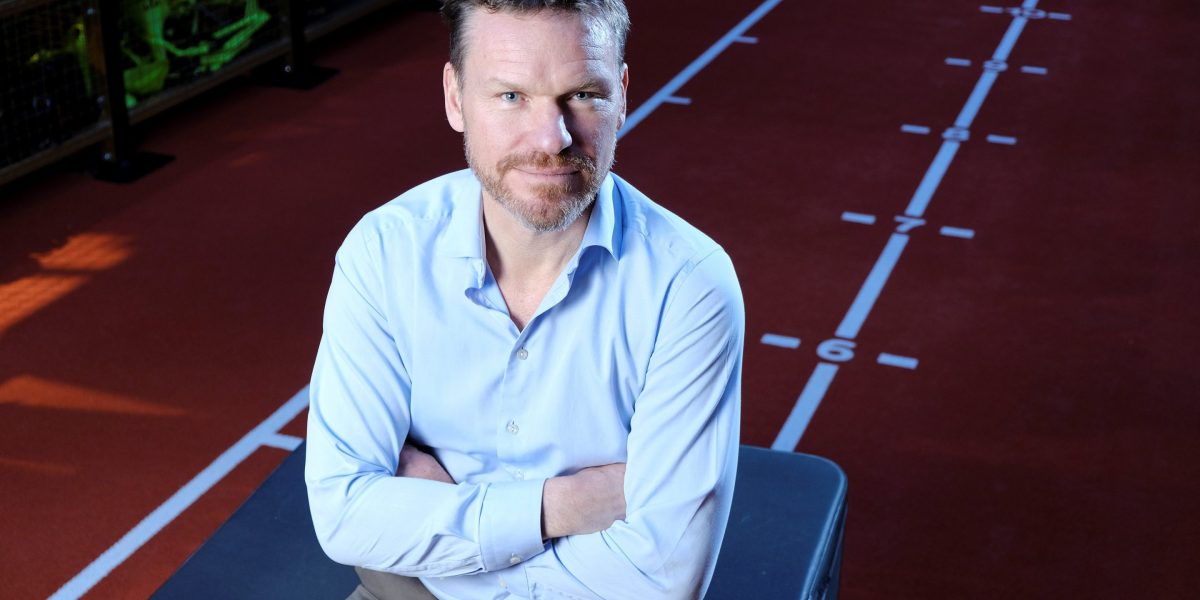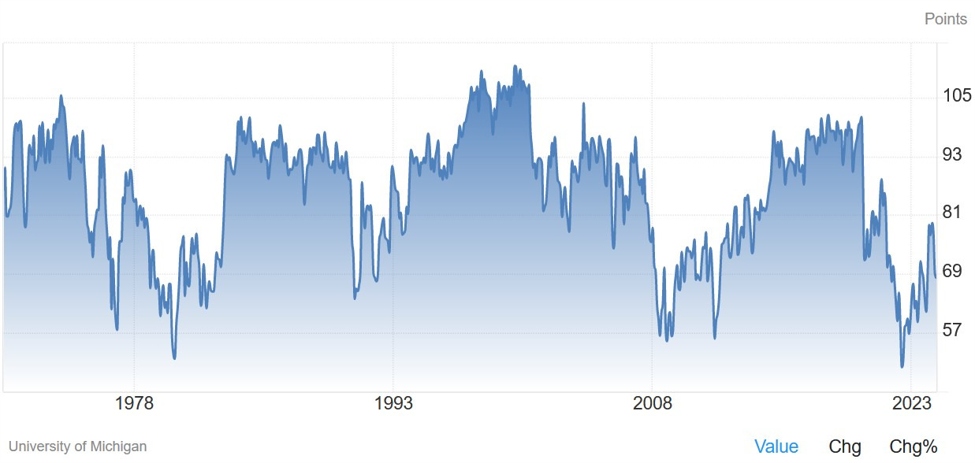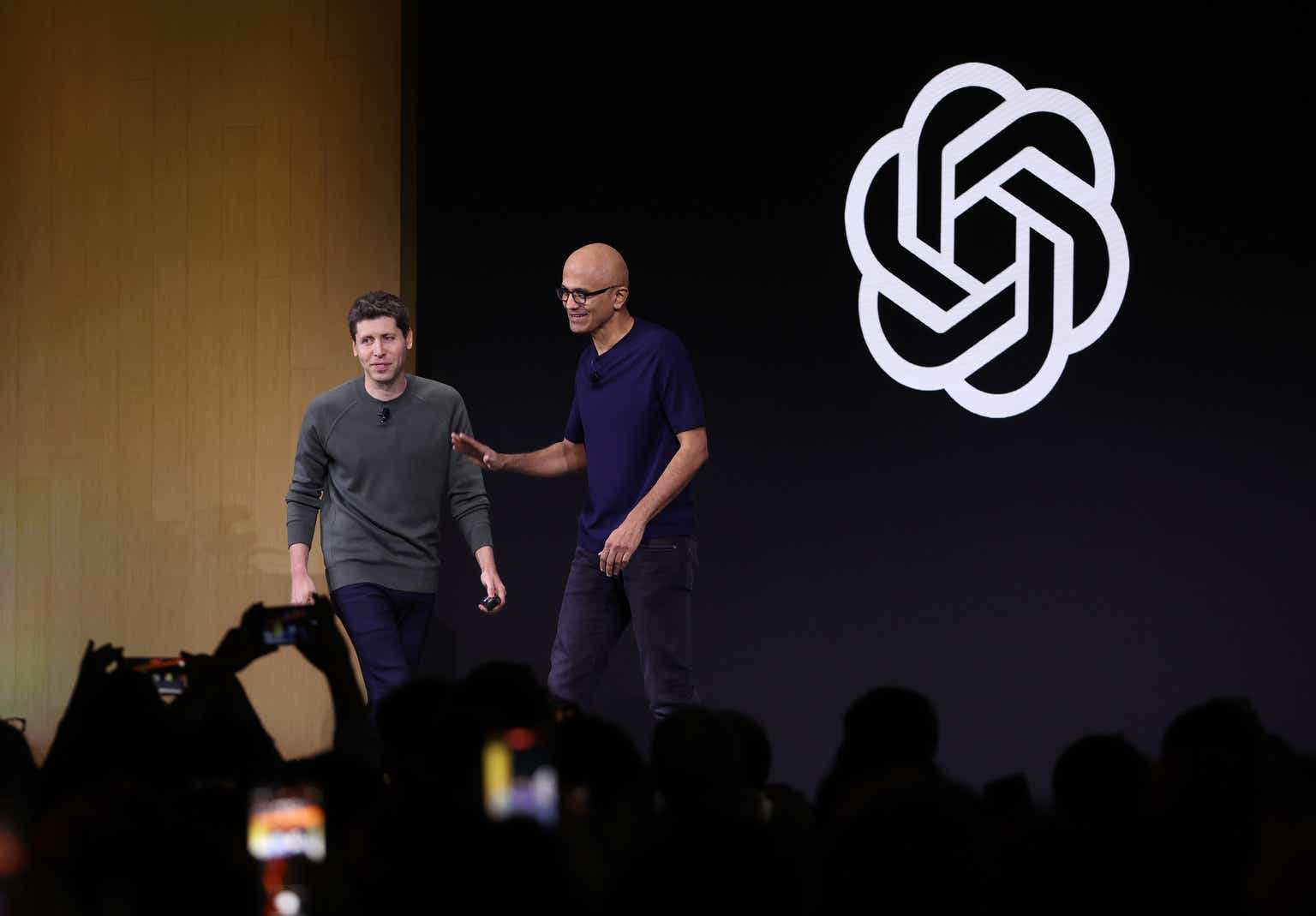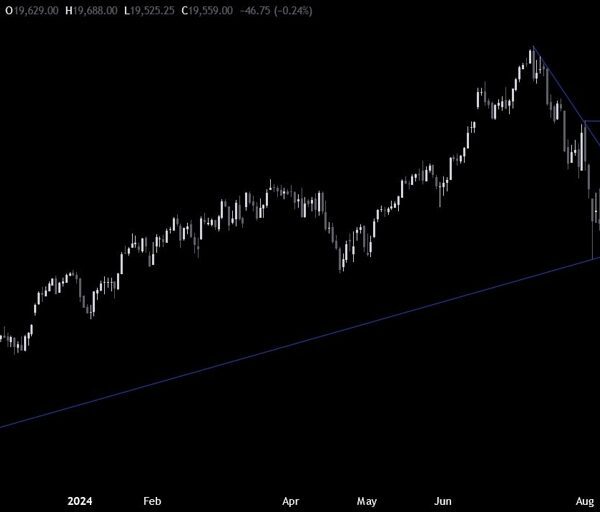While exclusive gym Third Space might be best known for its celebrity clients, including David Beckham and Prince Harry, executives aren’t just targeting the ultra-wealthy and celebrities.
Instead, they’re focussing on millennials willing to pay a premium for some luxury peace and quiet away from their hectic lives.
Despite the London-based gym group’s hefty $ 280-to-$318-a-month price tag, millennials—the generation that says they can’t save enough money to get on the property ladder—make up most of Third Space’s 35,000 plus members.
“The demographic is primarily young working professionals, living their best life, wanting to complement their hard-working life with being healthy … and managing their stress levels,” Colin Waggett, Third Space’s CEO tells Fortune.
“We’re not talking about people earning £400,000 ($512,000), it’s people in the £120,000 to £130,000 ($154,000-$166,000) bracket—they might be spending 10% of their disposable income with us.”
And while the “avocado toast” generation has been mocked relentlessly for doom spending on anything bar a house deposit, Waggett insists he “couldn’t pass judgment on that.”
Instead, with London consistently ranked as one of the most expensive cities in the world to live in, the former Fitness First chief suggests that millennials aren’t wasting potential down payment money—they’re just prioritizing fitness over other expensive activities.
“A lot of our members will be sharing flats with other young working professionals (whether that’s their own or a rental situation) and there are not many things you can do in London where you can spend an hour and a half and spend effectively about £20 ($26)—which is, when you break it down, what it actually costs per visit.”
High-end gyms are hot right now
There are many other gyms millennials could choose without the bells and whistles offered at Third Space (for example reformer pilates, climbing walls and five different types of yoga practice) at a reduced price tag.
Membership at the chain Pure Gym, for example, costs as little as £19.99 ($26) per month.
But as Waggett explains, millennials want these luxuries, or as he puts it, “the vibes.”
“The analogy I always point to is hotels. You can get a hotel for £25 or you could get a hotel for £800, they’ve all got a bed and a chair and a basin and a shower, but every element is very different and the experience you get is very different,” Waggett adds.
“It’s the same with us—you walk out and go, ‘Was that value for money?’ Clearly, the answer is yes because we’ve got lots of members and we’re growing.”
However members justify the expense, one thing is clear: High-end gyms are hot right now.
Third Space has progressed from its first club in 2001 to 11 as of July 2024, with further clubs to open this year.
According to Waggett the business “has more or less quadrupled in size” when it comes to revenue and membership size, with several clubs now operating a waiting list.


Third Space’s Woodwharf gym
Across the pond, Equinox has 41 locations in New York, which average about 43,000 square feet (by comparison, lower-end gyms like Planet Fitness average about 15,000 square feet).
Meanwhile, upscale “country club” Life Time started in Minnesota in 1992 and now has more than 170 clubs across the U.S. and Canada.
Among its latest launches is a 54,000-square-foot “boutique” space in Midtown Manhattan, complete with seven pickleball courts, a cafe, and so many amenities that it’s pitching itself as “a third space, a home away from home.”
Essentially, high-end gyms are no longer just places to work out: they’re salons, hotels, co-working spaces, childcare facilities and more.
The CEO scopes out potential new spaces himself
How does Third Space find the perfect spot to capitalize on flat-sharing millennials who want somewhere to let off steam after work?
“It’s a mixture of science and art,” Waggett says, adding that he looks at the hotspots of where his core demographic works and lives before personally heading to those places to scope out its potential.
“Then it comes to the art part of it. You’ve got to see a particular property opportunity—you’ve got to see it in the morning, you’ve got to see it the evening, the weekend, on a sunny day, on a rainy day, you’ve got to see who is coming out the tube station, who else is trading around here.
“You’ve got to get that gut feeling because these are long-term investments. If you get them wrong, it’s extremely, extremely costly and expensive.”
Waggett’s not just being philosophical about going with your gut over data.
The CEO insists he really does stand outside potential sites in the pouring down rain, analyzing the caliber of people walking by and ticking them off in his head as: “member, not member, maybe a member, maybe not.”
“If you’re signing a 25-year lease it’s worth spending a bit of time making sure you get the right one,” he adds.
Of course, like the generations before them, even millennials will eventually escape their crowded flats in the city in exchange for a settled life in the suburbs.
But Waggett’s not worried about losing customers. If anything, he’s betting on that natural life cycle taking place to attract the next generation of fancy gym-goers.
“If you move out and go and live in Surrey (the suburbs outside of London), we haven’t got any clubs in Surrey, so you won’t be a member anymore, but the house they moved out of will be occupied by a Gen Zer now,” he adds. “Those shifts happen.”
Maintain a competitive edge on your way to the C-suite with the Fortune Next to Lead newsletter. Every Monday, the newsletter provides the strategies, resources, and expert insight you need to claim the corner office. Subscribe now.















